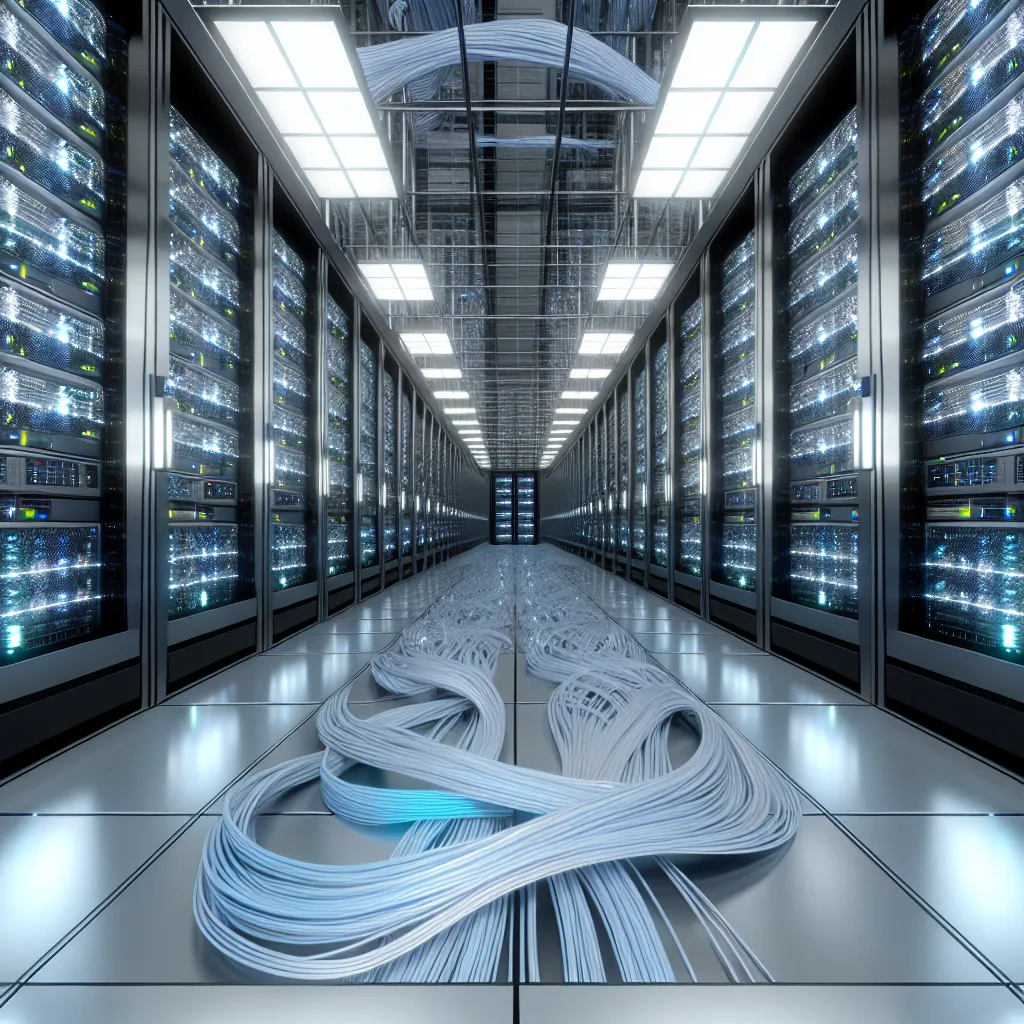Discover what makes Colossus 2 the world’s first Gigawatt+ AI training supercomputer
If you’ve ever been curious about the future of artificial intelligence, the term “AI training supercomputer” might have popped up more than once. Today, I want to chat about a fascinating new development in this arena—Elon Musk’s announcement about the Colossus 2, which is set to be the world’s first Gigawatt+ AI training supercomputer.
You’re probably wondering what exactly an AI training supercomputer is. Simply put, it’s a powerhouse computer system designed specifically to train massive AI models—think of it as the gym where AI gets its muscles. The Colossus 2 takes this to an entirely new level by operating at over a gigawatt of power, which means it has an unbelievable amount of processing capabilities under its hood.
What Makes Colossus 2 Special?
Operating a Gigawatt+ supercomputer for AI training is a big leap because it allows companies and researchers to train much larger and more complex models faster than ever before. Why does that matter? Because the bigger the model and the more data it can process quickly, the smarter and more capable AI systems become.
Unlike standard data centers that run lots of CPUs, AI supercomputers typically use specialized hardware like GPUs or TPUs (Tensor Processing Units) that are better at handling the massive mathematical operations AI requires. The Colossus 2 is designed with this in mind to maximize energy efficiency and computation speed, pushing the boundaries of what’s currently possible.
How Does This Affect AI Development?
With new hardware like Colossus 2, training times for complex AI models could be drastically shortened. This means faster development cycles, more experiments, and ultimately, better AI services—whether in natural language processing, computer vision, or other fields.
That said, running a gigawatt-scale supercomputer isn’t just about raw power. It also raises questions about energy consumption and sustainability. The challenge will be finding ways to balance performance with environmental responsibility.
Why You Should Care About AI Training Supercomputers
You might not see the impact of Colossus 2 directly—these are niche systems mostly used by large AI companies or organizations—but the results affect everyday tech. From smarter voice assistants to improved medical diagnostics, AI trained on more powerful machines like Colossus 2 can lead to innovations that touch our daily lives.
If you want to dig deeper into the technology behind AI supercomputers and why they matter, NVIDIA and Google’s TPU documentation provide great insights into how these specialized processors work:
The Colossus 2 announcement hints at a future where the scale and speed of AI training grow beyond what we imagined. It’s exciting to watch, even if it’s happening quietly behind the scenes in data centers.
In a nutshell, the Colossus 2 AI training supercomputer represents a big stride in AI infrastructure, cutting down training times and opening doors for more advanced AI applications. The journey of AI getting smarter is heavily powered by machines like this, even if they’re humongous and a bit mysterious.
Stay tuned—it’s going to be interesting to see what’s next on this front.
